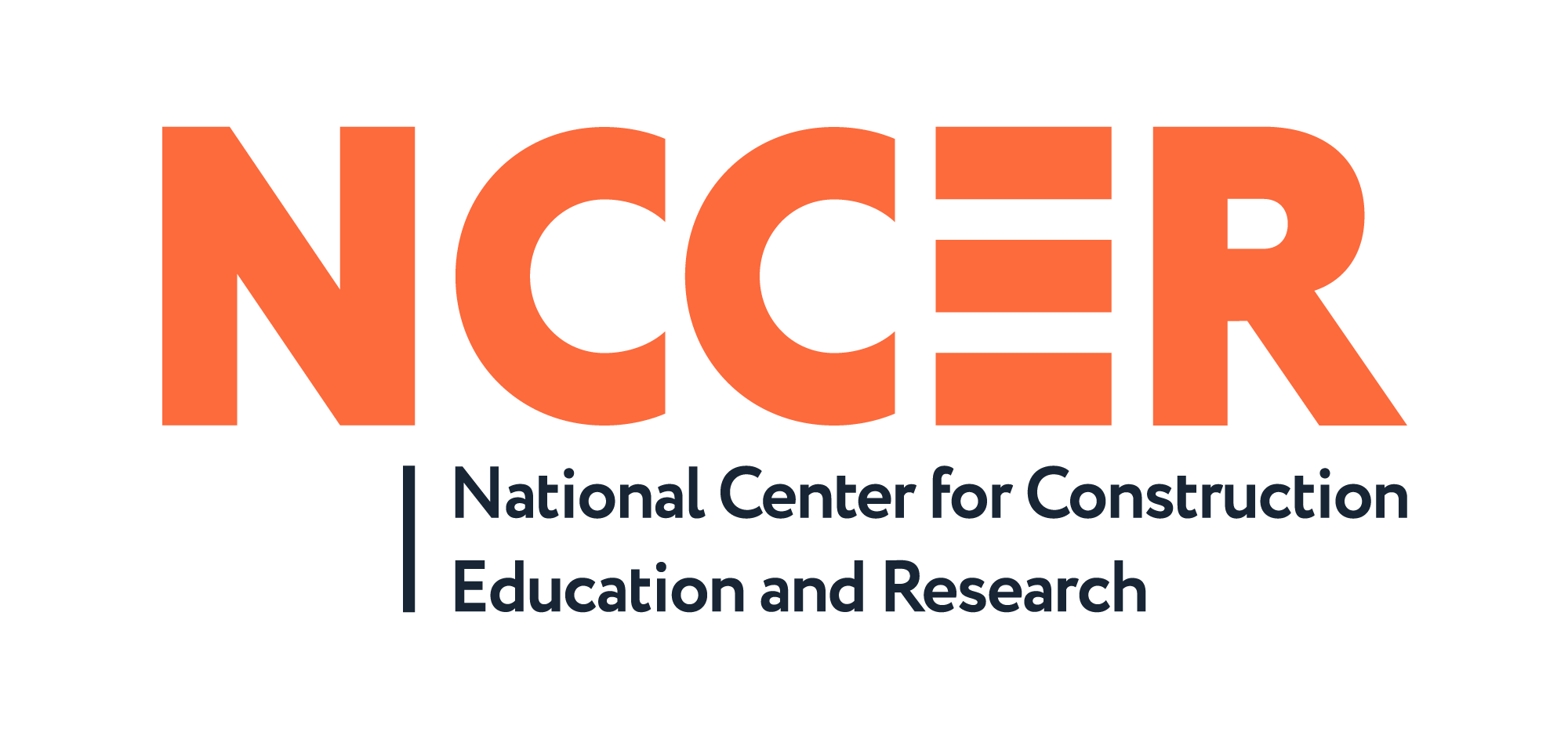Partnerships are mutually beneficial, so it is as important to understand how you can add value to your partner(s) as it is for you to understand what benefits you will receive. Set up meetings with the targeted partner(s) to discuss how to collaborate and help each other. Be prepared to sell your idea because your targeted partner(s) might not see the value immediately.
Examples from Best Practice Profiles:
LPR Construction (Industry to Education):
LPR leadership approached a local community college to start an ironworking/welding program after identifying that the college’s CTE funding had been cut. LPR was able to assist by offering to train students with their 15 NCCER certified instructors.
Louisiana (State Perspective):
To address the skills gap, LWIC formed the Craft Task Force, which brought together industry, various state agencies, high schools, technical colleges and private training providers.
Robins & Morton (Industry to Education):
Robins & Morton met with representatives from the Jenkins County School System, which included the superintendent and head of curriculum design to ask several questions: “Can you tell us about your education system,” “What are your goals,” and “If you had a wish list for your schools, what would be on it?”
Questions to Consider:
- Can you clearly articulate your needs to the school or contractor with which you would like to partner?
- What benefit does the partner you are targeting offer, and what benefits do you offer?
- If you have determined you will need a consortium of local businesses to participate, can you articulate the needs of group?
| << previous | Index | next >> |
